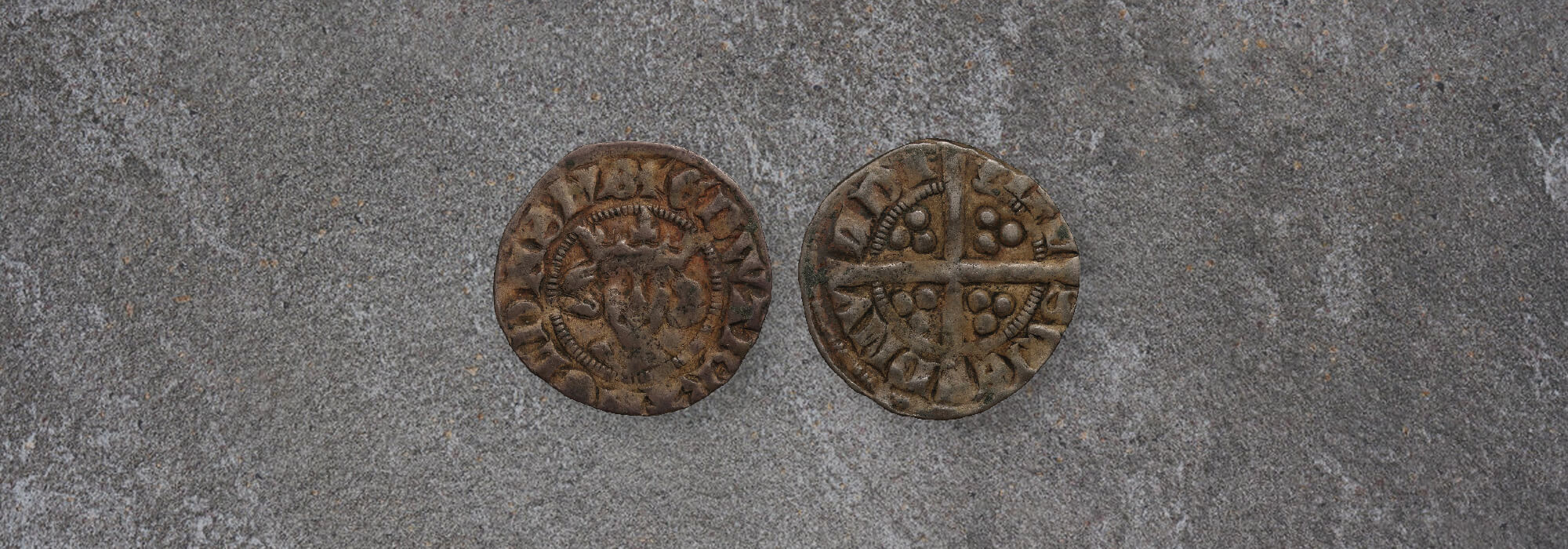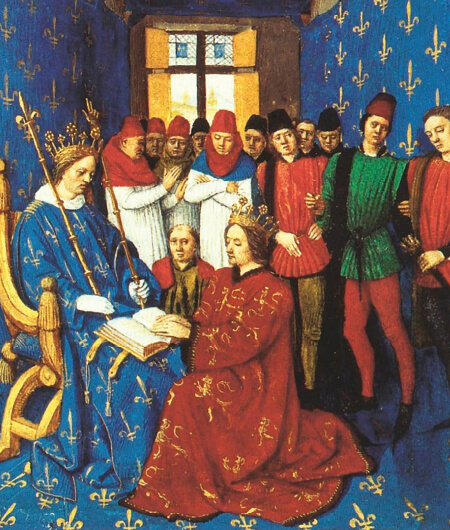
 The Royal Mint’s long history can be traced back to a silver penny of Alfred the Great struck in the ninth century at the time of the resettlement of London after its first occupation by the Vikings. The coin would have been struck by hand and the design shows how the tools used to create the portrait limited what could be achieved. It is a distinctive coin, with a cleverly worked monogram of the name ‘LONDONIA’ and a stylised portrait of Alfred, crude in its execution but full of character.
The Royal Mint’s long history can be traced back to a silver penny of Alfred the Great struck in the ninth century at the time of the resettlement of London after its first occupation by the Vikings. The coin would have been struck by hand and the design shows how the tools used to create the portrait limited what could be achieved. It is a distinctive coin, with a cleverly worked monogram of the name ‘LONDONIA’ and a stylised portrait of Alfred, crude in its execution but full of character.
By the reign of Ethelred II (978–1016) there were around 70 mints operating in England. These were mostly in the southern half of the country and there would have been few market towns where coins were not struck. The moneyers who made the coins would travel between towns and mints, to meet the demand for coins.
The method used to make coins restricted what was possible in design. The moneyers would melt down gold or silver and beat it into thin sheets from which they would cut small, coin-sized discs. Each blank disc was then placed between two tools. The lower tool, known as a pile, was engraved with the heads-side, the one featuring the portrait of the king. A trussel, the upper tool, was usually engraved with the tails side, or reverse design. The blank was hit with enough force to impress the designs from both tools into the metal.
The portraits on the lower tool were built up using small chisel-like punches showing crescents, pellets, wedges and bars. As a result, the portraits of kings produced at this time were stylised and similar in appearance. From William I (1066–87) through to King John (1199–1216) it requires close examination to tell the difference between the faces of the kings. Generally, through this transition from Norman and Angevin kings, the monarchs are shown in full face, wearing a crown, their heads framed inside an inner circle.
The Tower of London
By 1279, during the reign of Edward I, the London moneyers had gathered together to form a single mint within the Tower of London. Although other mints were still operating, the mint within the Tower had become the most important. This centralisation of production lead to a more consistent and considered output.
From this time, we can see a step-change in the design of coins. In the late medieval period, with influence from French artists, coin portraiture began to incorporate decorative detail not seen before. This French style is evident on the groat or fourpenny piece issued by Edward I, with his formal and youthful face set within a Gothic ornamental border.
The greatest experimentation in portraiture was on gold coins, so the silver issues remained more simple in execution.
Discover great stories from history and how we're celebrating these moments within The Royal Mint
Read more
